Android Marshmallow 6.0: One-third of Android devices still run on Marshmallow
Despite gains by Nougat, Android Marshmallow is still running on 31% of devices
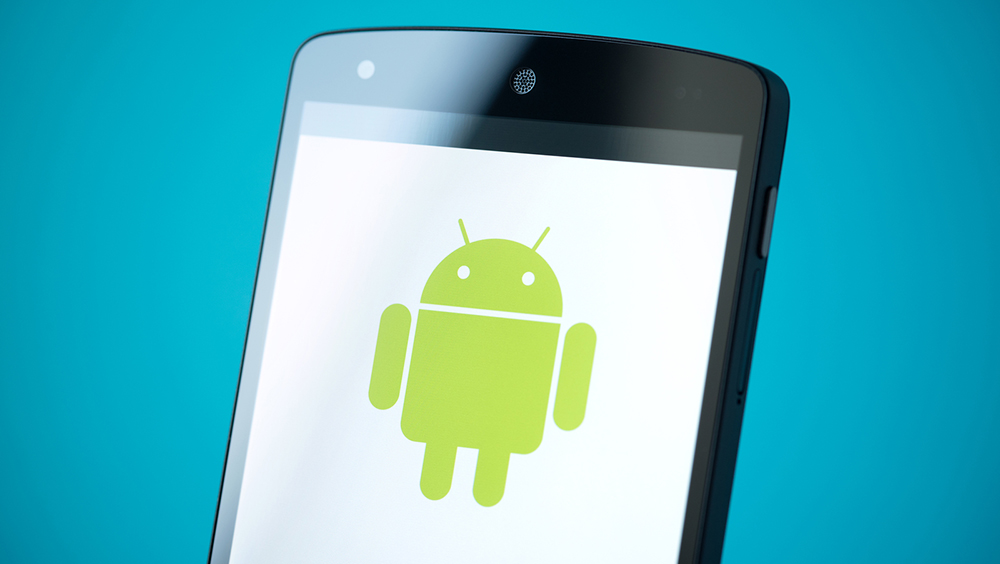




With the release of Nougat 7.0 delayed for many, Android Marshmallow remains the best Android release available, bringing a host of great updates and features. Here's everything you need to know about the sixth edition of Google's mobile OS.
Android Marshmallow news
08/03/2017: Google has released the results of its latest platform usage tests, showing that Marshmallow 6.0 remains the most widely used OS on Android devices.
The older software was found to be powering almost one third (31%) of the devices included in the test, which monitored activity on the Google Play store during a seven-day period leading up to 6 March. The number of users on Marshmallow has actually risen by 0.6% since Google's last test in February.
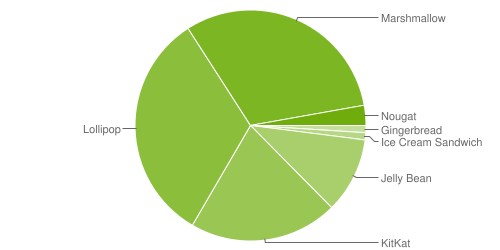
Chart courtesy of Google
While Nougat 7.0 continues to gain traction, the latest version of the OS is currently running only 2.8% of devices, a pretty dismal result for software that has been out for almost seven months - though it is not available on all Android phones because they roll updates out at different paces. But even with the 7.1 update, only an additional 0.4% of devices are currently running the Nougat platform.
The collation of this data, which Google produces on a monthly basis, is designed to help developers tap into the largest customer bases, and provide platform information for the creation of apps.
Thanks to the growth of Nougat and Marshmallow, over one-third of Google users have now adopted an OS that is less than 18 months old, a significant milestone for the platform.
Get the ITPro daily newsletter
Sign up today and you will receive a free copy of our Future Focus 2025 report - the leading guidance on AI, cybersecurity and other IT challenges as per 700+ senior executives
Yet despite this uptake, Lollipop and its updates remain the most popular versions of Android, installed in 32.5% of all devices, despite a decline of 0.4%.
The biggest loser over the course of the month has been KitKat, which has seen a drop of 1.1% to 21.9% of the device share, although this is still a significant cut for a codename that originally launched over three years ago.
Gingerbread, which is currently the oldest codename that Google still supports, is still being used on 1% of Android devices, and is likely to remain flat until the OS is discontinued.
Android Marshmallow release date and device availability
Thanks to a confusing update schedule, it can be nigh on impossible to discern when - if at all - a device will be updated to the latest OS. Luckily, we've created these handy tables
Due to Google's somewhat opaque update schedule, it can be nigh on impossible to discern when - if at all - your device willget the update. Luckily, we've created these handy tables to show you which phone models are compatible with Android Marshmallow.
| Samsung | |
| Samsung Galaxy S6/S6 Edge | Available now |
| SamsungGalaxy S6 Edge+ | Available now |
| SamsungGalaxy S7/S7 Edge | Launch |
| SamsungGalaxy Note 5 | Available now |
| LG | |
| LG G5 | Launch |
| LG G4 | Available now |
| LG Stylus Plus | Available now |
| Google Nexus | |
| Nexus 5X | Launch |
| Nexus 6P | Launch |
| Nexus 5 | Available now |
| Nexus 6 | Available now |
| HTC | |
| HTC 10 | Available now |
| HTC One X9 | Available now |
| HTC One A9 | Launch |
| Motorola | |
| Moto G4 | Available now |
| Moto G4 Plus | Available now |
| Moto E3 | Available now |
| Sony | |
| Xperia XA | Available now |
| Xperia Z5 | Nougat 7.0 |
| Xperia Z5 Compact | Nougat 7.0 |
| Xperia Z5 Premium | Nougat 7.0 |
| OnePlus | |
| OnePlus One | Available now (custom install) |
| OnePlus Two | Available now (custom install) |
| OnePlus X | Available now (custom install) |
Android Marshmallow name
One of the most entertaining subjects for speculation in the run-up to a new Android release is what the final name is going to be.
As you may or may not know, Android builds have a tradition of being named after tasty treats' (not just desserts), which was inspired by the terrible diets of Google's engineers. One story claims that it was donut burgers' a Krispy Kreme sliced in half with a hamburger patty in the middle that birthed the trend.
Google's 6th Android version was dubbed Marshmallow, following on alphabetically from previous releases Lollipop, KitKat and Jellybean.

How Google Glass greeted the arrival of Android Marshmallow
Android Marshmallow features
In terms of new features, Android Marshmallow isn't as much of a radical departure from form as previous releases. In fact, most of the additions are fairly minor tweaks designed to create a more seamless and intuitive user experience.
Display and app privacy
The app menu, for example, provides a single vertically scrolling screen. The Do Not Disturb' feature for notification muting has been improved too. One of the most important changes, however, is the new method for managing app permissions.
Users are getting more and more privacy-conscious, with an increasing awareness and mistrust of how much of their personal information their apps have access to. Google has acknowledged this, and now rather than simply granting a swathe of app permissions during the initial download, users can choose to allow or deny access to specific functions.
A good example of this is an IM service like Facebook Messenger. Most have voice and video calling functions built-in, but if you never use them, then the app won't need access to the camera or microphone. Previously, users would have to grant them permission regardless, but the new system means that if it doesn't need to use those functions, the app simply won't ask for access.
Aside from this, there are a couple of more pedestrian updates. Improved cross-app linking means that certain links will always open in the relevant app if clicked in an email or web browser.
There's also split-screen windowing, as seen on devices like the Galaxy Note 4, and a boost to standby power in the form of Doze. Since this mainly deals with polling updates while the device is in sleep mode, this is largely going to be more useful for tablets than it is for phones, but it's still a welcome addition.
Android Pay and Now on Tap
Of course, there are a few shiny flagship features for fans to salivate over too. As part of the seemingly endless swathe of fingerprint-powered payment technologies like Samsung Pay and Apple Pay, Marshmallow bringsAndroid Pay to phones equipped with the requisite sensors.
There's also a particularly exciting expansion to Android's brilliant Google Now functionality, in the form of Now on Tap. This enables Google Now functionality within apps themselves, activated with a long press on the Home button.
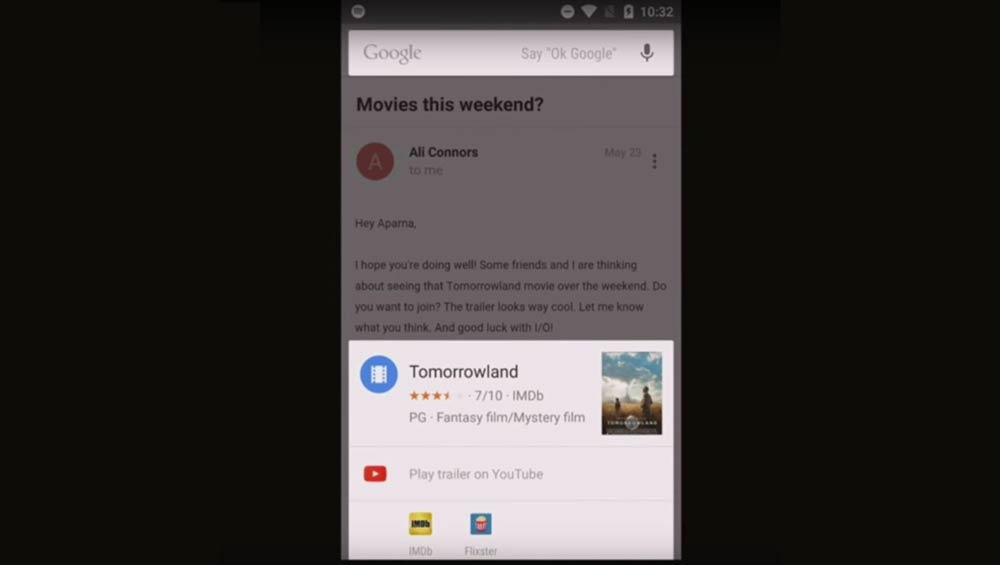
Now on Tap
Using Google's advanced algorithms to detect context, Now on Tap will interpret your request based on what you're looking at at the time. If you're reading a review of a restaurant, for example, you could bring up Now on Tap and ask How do I get there?', and Now on Tap will give you directions using your chosen maps service.
This is thanks to the new integration with your apps. If a friend's sent you an email about going to see a film, bringing up Now on Tap from within the email will show you basic information about the film, along with shortcuts to various relevant apps, such as a trailer for the film on YouTube, or ratings on IMDB.
Dale Walker is a contributor specializing in cybersecurity, data protection, and IT regulations. He was the former managing editor at ITPro, as well as its sibling sites CloudPro and ChannelPro. He spent a number of years reporting for ITPro from numerous domestic and international events, including IBM, Red Hat, Google, and has been a regular reporter for Microsoft's various yearly showcases, including Ignite.
-
 Bigger salaries, more burnout: Is the CISO role in crisis?
Bigger salaries, more burnout: Is the CISO role in crisis?In-depth CISOs are more stressed than ever before – but why is this and what can be done?
By Kate O'Flaherty Published
-
 Cheap cyber crime kits can be bought on the dark web for less than $25
Cheap cyber crime kits can be bought on the dark web for less than $25News Research from NordVPN shows phishing kits are now widely available on the dark web and via messaging apps like Telegram, and are often selling for less than $25.
By Emma Woollacott Published
-
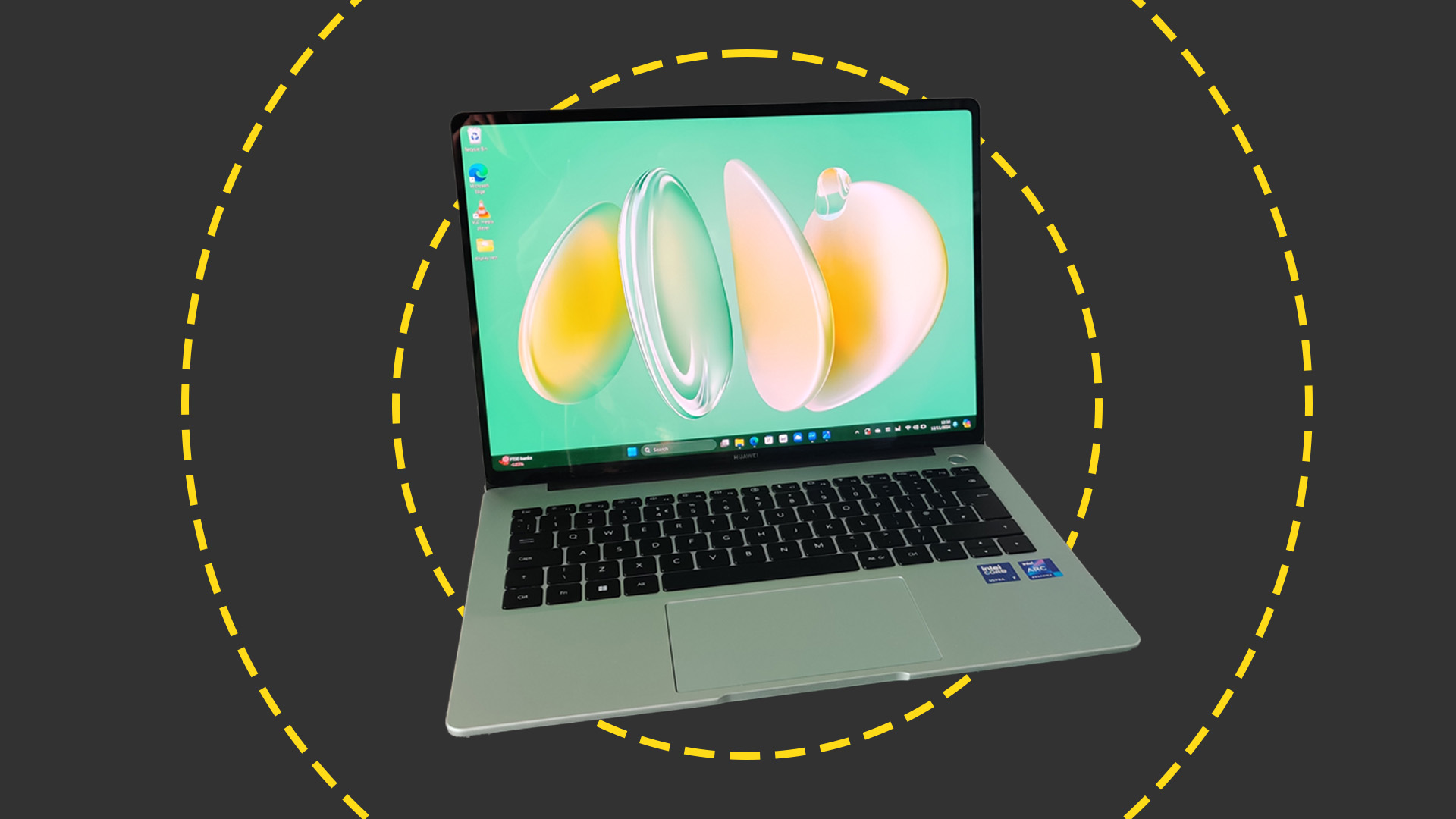 Huawei MateBook 14 (2024) review: A solid all-rounder with a stunning display
Huawei MateBook 14 (2024) review: A solid all-rounder with a stunning displayReviews An attractive, well-rounded device with a spectacular OLED display, but newer ARM-based Windows laptops offer that little bit more
By Solomon Klappholz Published
-
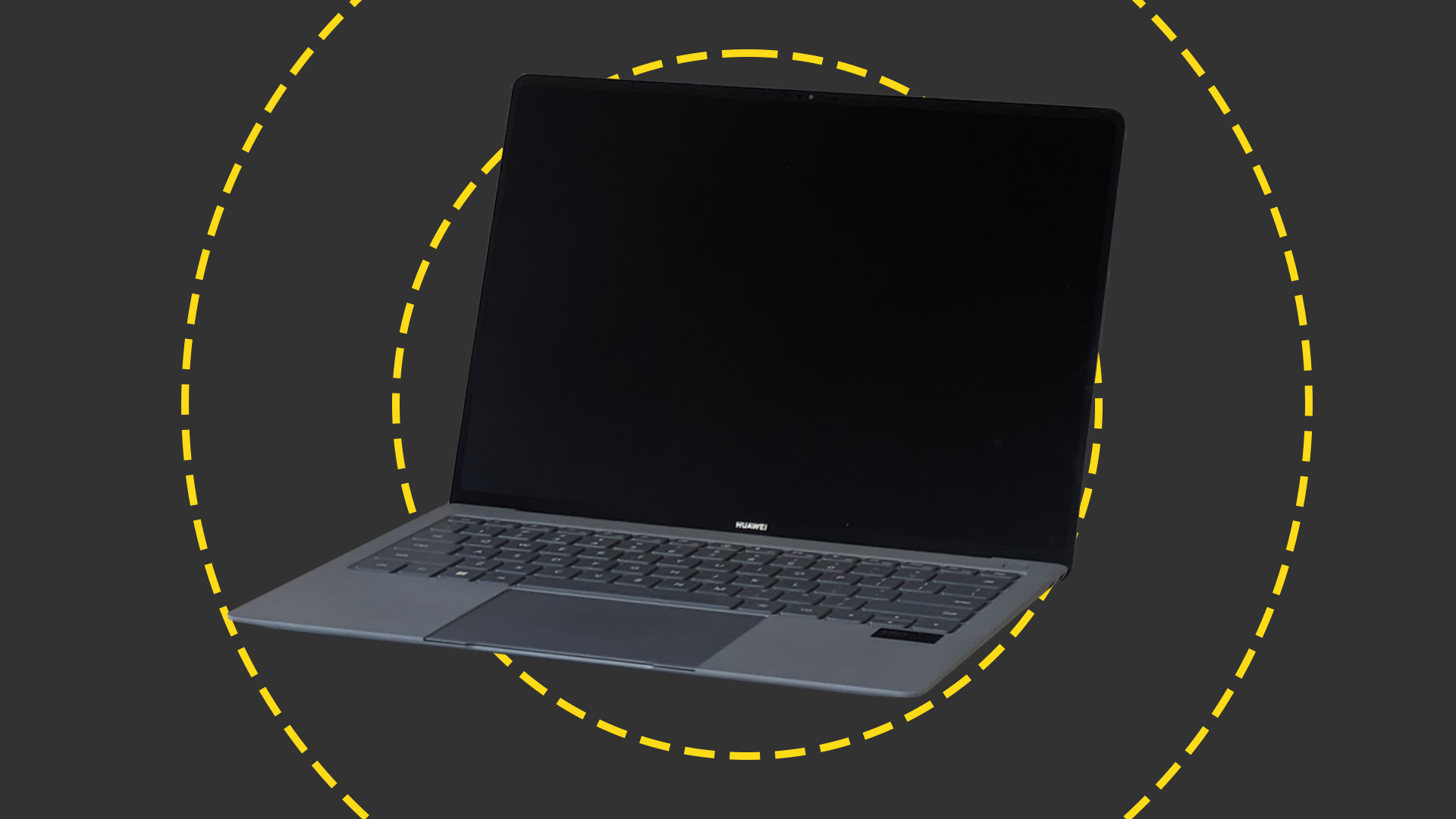 Huawei MateBook X Pro (2024): Executive elegance with the performance to match
Huawei MateBook X Pro (2024): Executive elegance with the performance to matchReviews An elegant Windows machine that can do it all and looks good doing it, with a display that will keep you coming back
By Solomon Klappholz Published
-
 New Huawei Mate 50 phone can link up with Chinese satellite system
New Huawei Mate 50 phone can link up with Chinese satellite systemNews This makes it the first smartphone maker to bring satellite communication technology to the consumer market
By Zach Marzouk Published
-
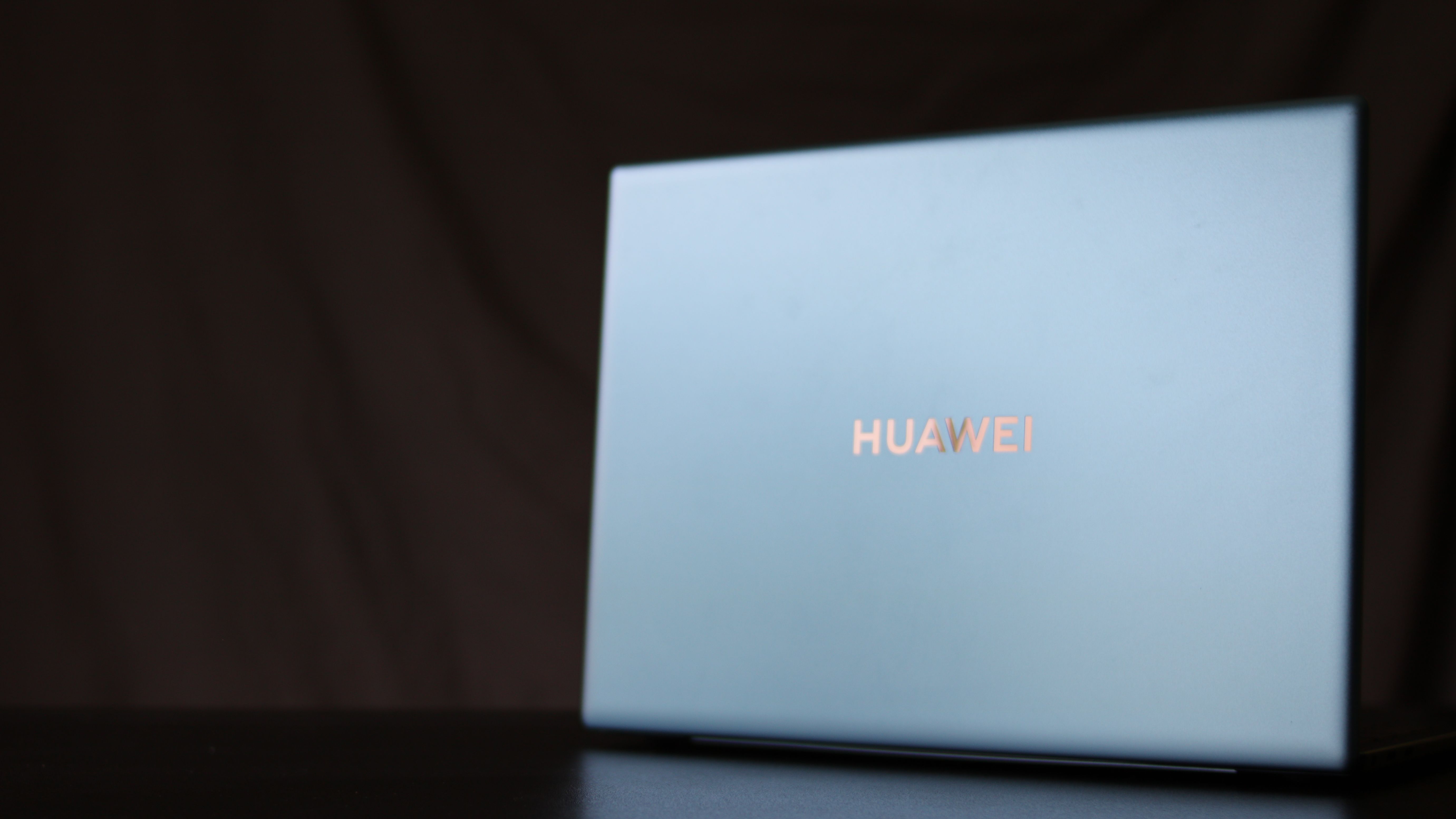 Huawei MateBook X Pro (2021) review: Battery woes plague the evergreen ultraportable
Huawei MateBook X Pro (2021) review: Battery woes plague the evergreen ultraportableReviews A sleek and stylish MateBook once again undermined by battery life
By Bobby Hellard Published
-
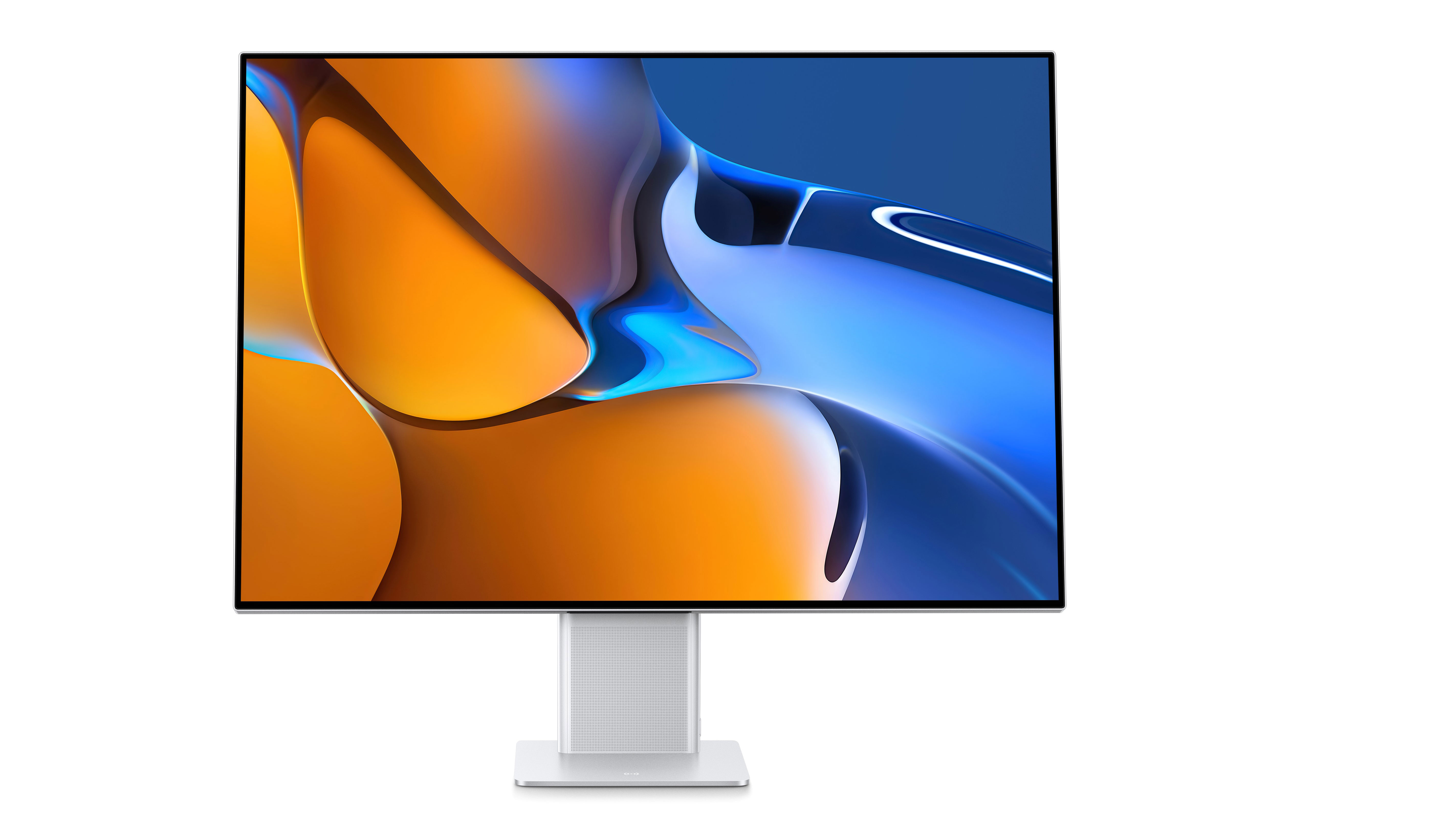 Huawei MateView review: A stunning, innovative screen – but it’s expensive
Huawei MateView review: A stunning, innovative screen – but it’s expensiveReviews With its distinctive shape and superb colour, this monitor stands well apart from the crowd
By Tim Danton Published
-
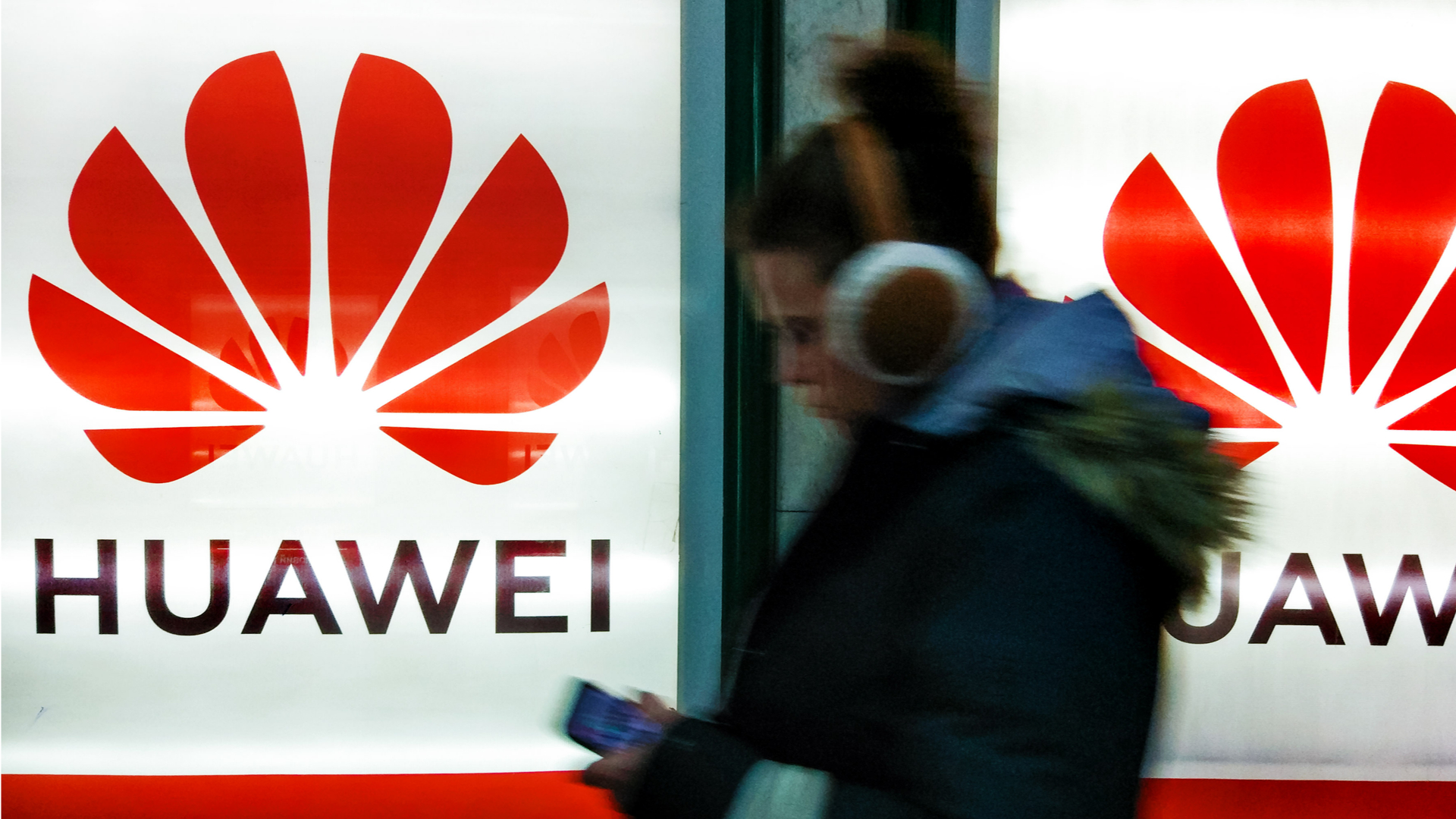 Huawei's smartphone business to decline £30 billion by year end
Huawei's smartphone business to decline £30 billion by year endNews Company's rotating chairman 'hopeful' the company can survive next five years
By Bobby Hellard Published
-
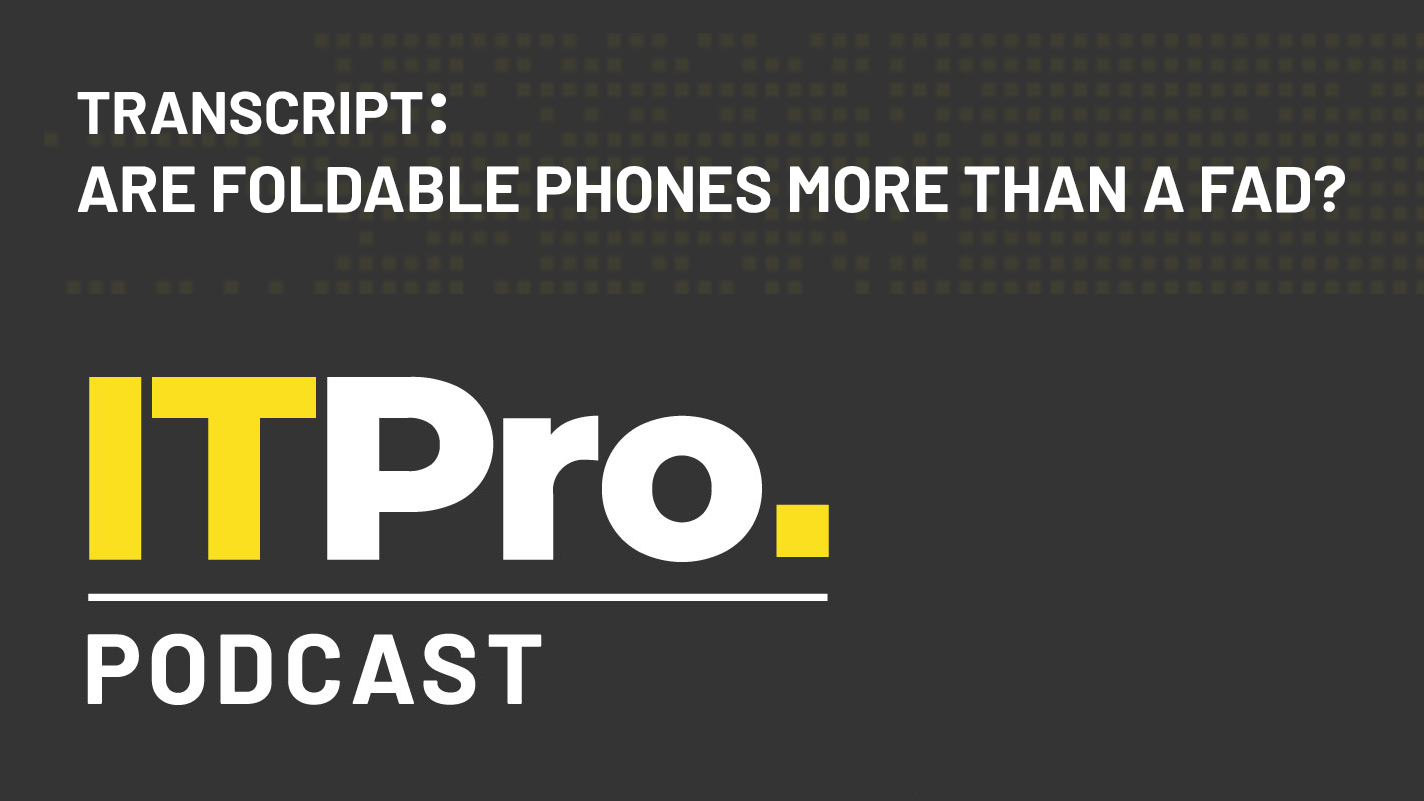 Podcast transcript: Are foldable phones more than a fad?
Podcast transcript: Are foldable phones more than a fad?IT Pro Podcast Read the full transcript for this episode of the IT Pro Podcast
By IT Pro Published
-
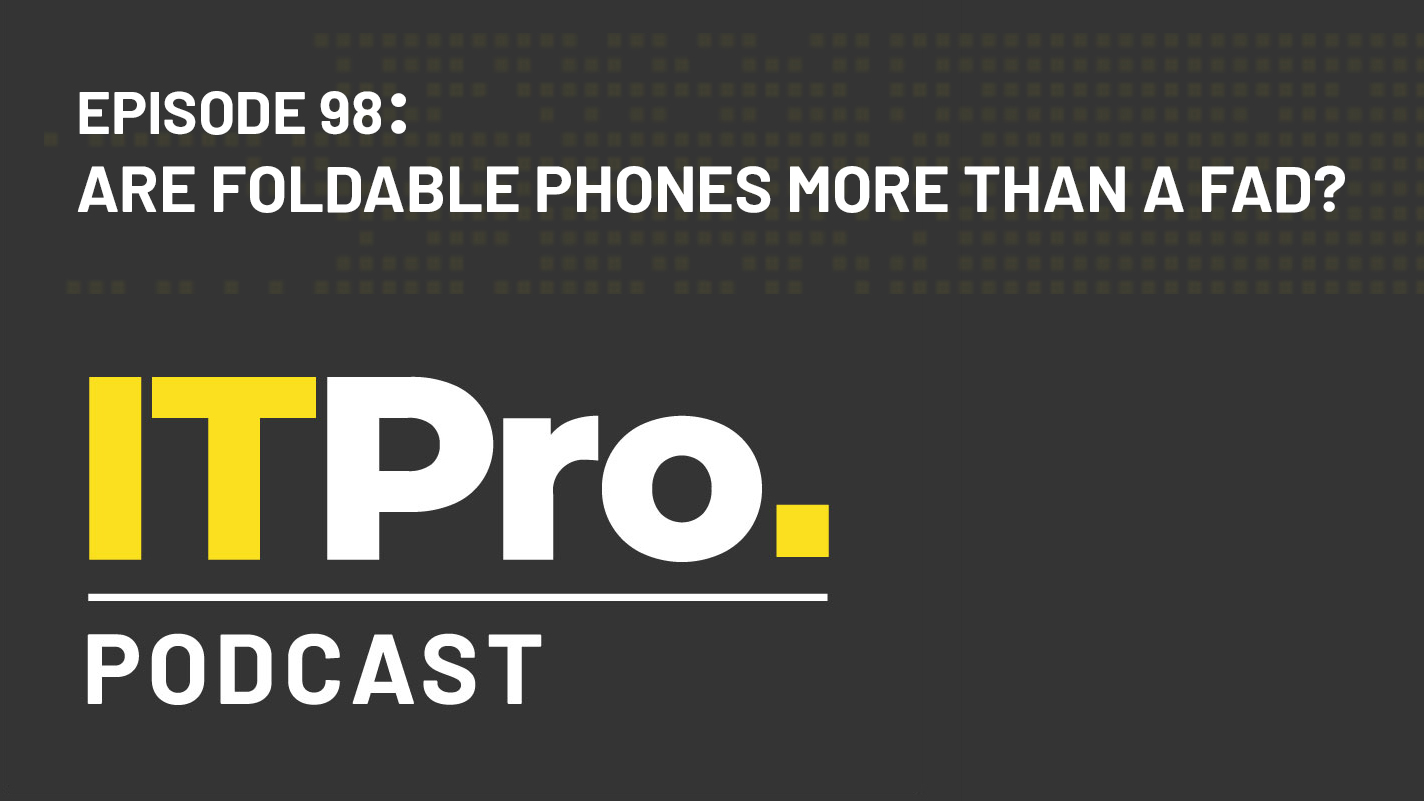 The IT Pro Podcast: Are foldable phones more than a fad?
The IT Pro Podcast: Are foldable phones more than a fad?IT Pro Podcast We take a look at the newest smartphone category
By IT Pro Published